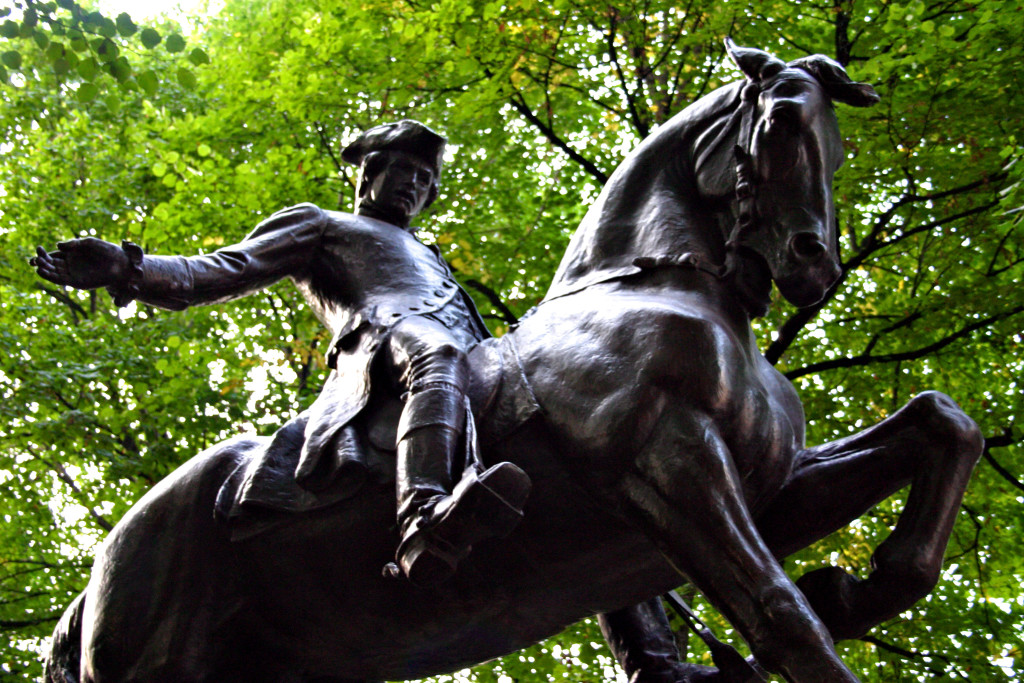On the Road
Revere Revisited: The Truth Behind the Legendary Ride
The romantic story about Paul Revere immortalized in Henry Wadsworth Longfellow’s 1861 poem turns out to have just a few flaws.
Paul Revere Didn’t Act Alone
First of all, two other men – William Dawes and Samuel Prescott – rode alongside him. Overtaken by the British, the three riders split up and headed in different directions. Also, Revere was temporarily detained by the British at Lexington and Dawes lost his way after falling off his horse. This little known fact tends to diminish the impact of the story.
Brown Beauty was Borrowed
Secondly, Revere did not own a horse at the time and it is believed that the Charlestown merchant John Larkin loaned him a horse (named Brown Beauty), which was later confiscated by the British.
Top Secret Operations
Thirdly, Paul Revere never shouted the legendary phrase which was later attributed to him – “The British are coming!” – as he passed from town to town. The operation was meant to be conducted as discretely as possible since scores of British troops were hiding out in the Massachusetts countryside. Furthermore, colonial Americans at that time still considered themselves British; if anything, Revere may have told other rebels that the “Regulars”—a term used to designate British soldiers—were on the move.
Ultimately it was Prescott—a young physician who was believed to have died in the war several years after the legendary ride—who alerted the residents of Concord.
It seems that Mr. Longfellow followed the oft used maxim of never letting the truth stand in the way of a good story.

